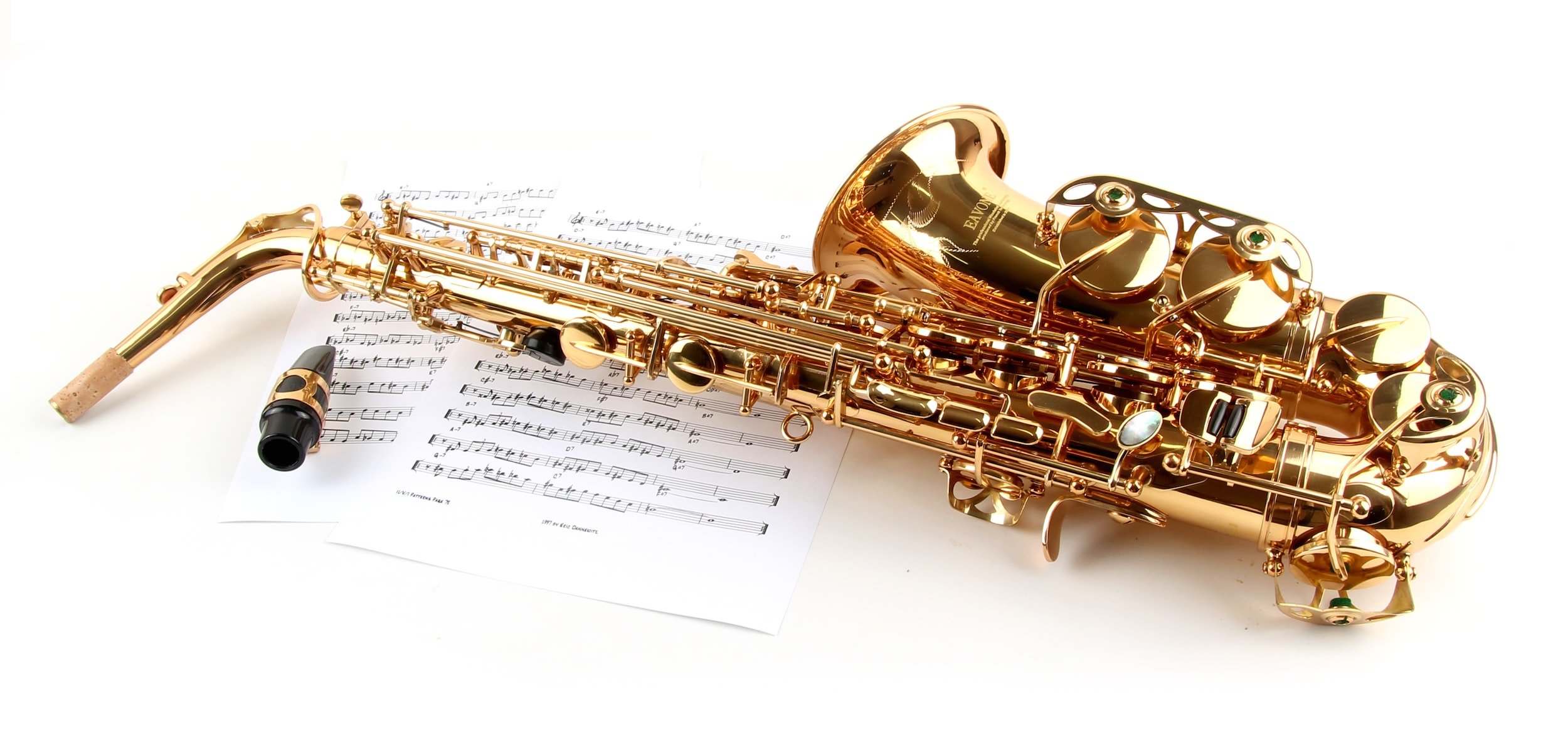Developing a standard saxophone practice routine
Developing a standard practice routine can lead to a more focused and results-oriented practice that will improve your ability to play and perform on the saxophone. By incorporating some or all of these into your routine on a consistent basis you will see the biggest improvement in your sound and abilities. Remember, and I can’t emphasize this enough, it is far more important to have short consistent practice sessions, rather than sporadic marathon practice sessions. Below I have listed suggestions for how to organize your practice routine.
Warm Up - The beginning of your routine should include some time to get the mind and body focused on playing the saxophone. Incorporating long tones and scales, either together or separately, are a great way to start your practice session. This step should never be skipped as it leads to proper and improved tone production, and can be a key to sounding more professional on the saxophone.
Technique Exercises - The saxophone incorporates a ton of different muscle groups, everything from the fingers to the mouth and tongue. For each practice session I would suggest picking a specific technique to work on. These could include using some sort of method book for working the fingers or maybe some sort of tonguing or octave exercise to work the muscles and technique of the mouth and embouchure.
Depending on the length of your practice session I would suggest picking from one or two of the next categories.
Repertoire - This could include any music pieces that you are working on such as a solo or your part in an ensemble. Remember to not just run through these but practice with the end goal in mind to get these to performance-ready levels. Focus on improving your tone, include dynamics, and make sure that you are getting the articulations correct. To improve rhythms and time practice with a metronome and start slow and gradually build to performance speed. Slow down!!! Slow down!!! As much as we all hate to hear it the statement remains true, “if you can’t play it slow, you can’t play it fast”.
Sight-reading - Sometimes it is beneficial to test our sightreading skills. I would call this more of a test than really practicing, but nonetheless, it is an important skill to improve. Ultimately we become better at sight reading by becoming more familiar with seeing different patterns of music over time. Before beginning to play a new piece first learn to look over the piece critically, look for key signatures, difficult rhythms, and song forms such as repeats and endings.
Ear Training/ Improvisation - These last two I see as combined. Especially in the jazz world, it is important to transcribe/ play along with recordings. This can lead to pattern recognition and to emulating the tone of artists that we admire and strive to achieve. In addition, you could add playing along with backing tracks and chord studies.
Fun!!! - Finish your practice session with something fun. It is always good to end on a good note! (no pun intended). Play your favorite piece or have a jam session and just enjoy making these wonderful noises on your saxophone.
There is no right or wrong way to schedule your practice sessions. It is important however to have a plan and a goal for what you want your practice session to achieve. Many people will plan their next practice session at the end of their current one as they see things from the current session that need future attention.

